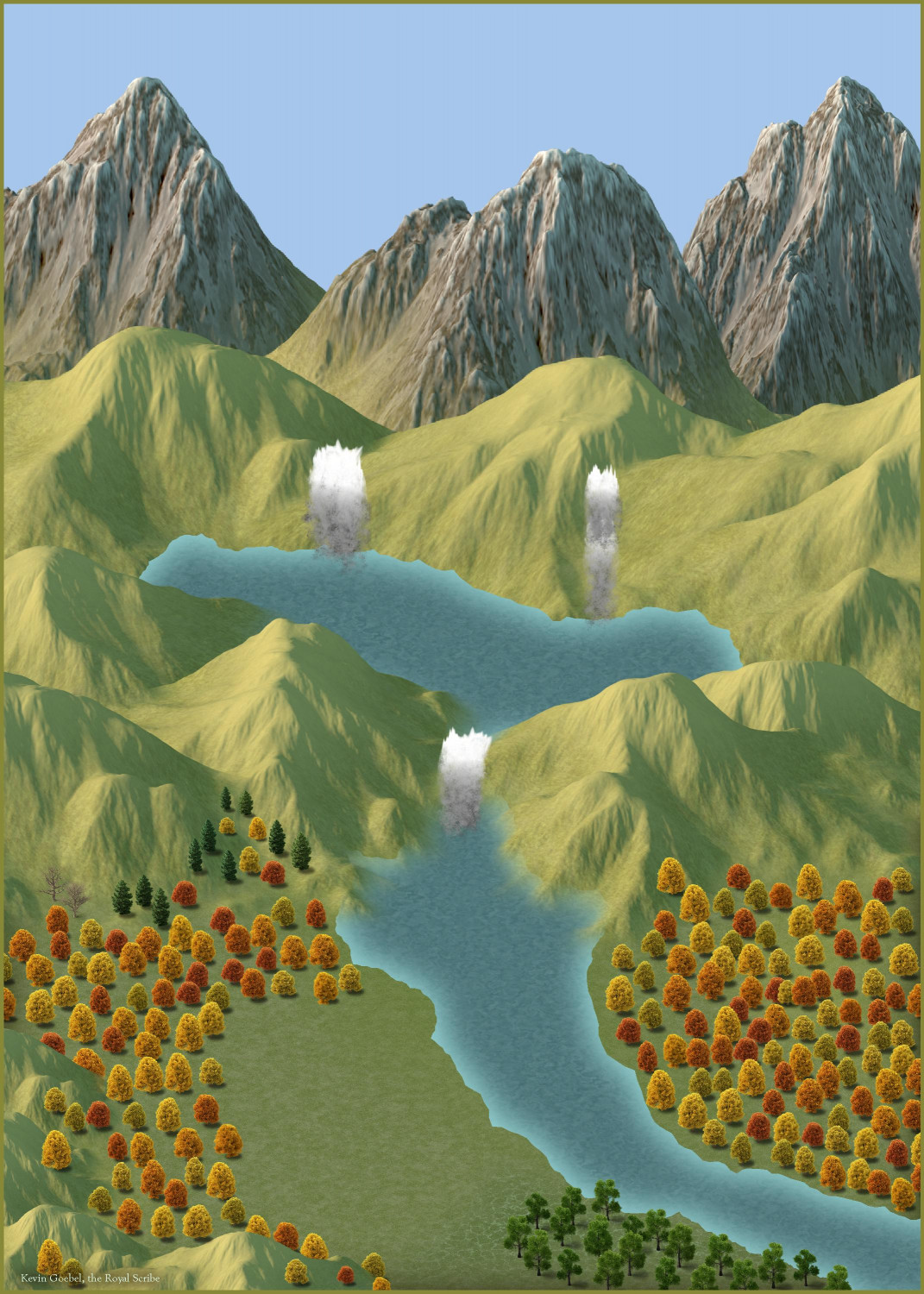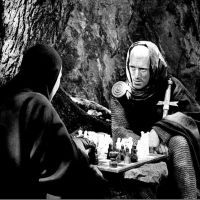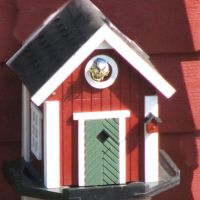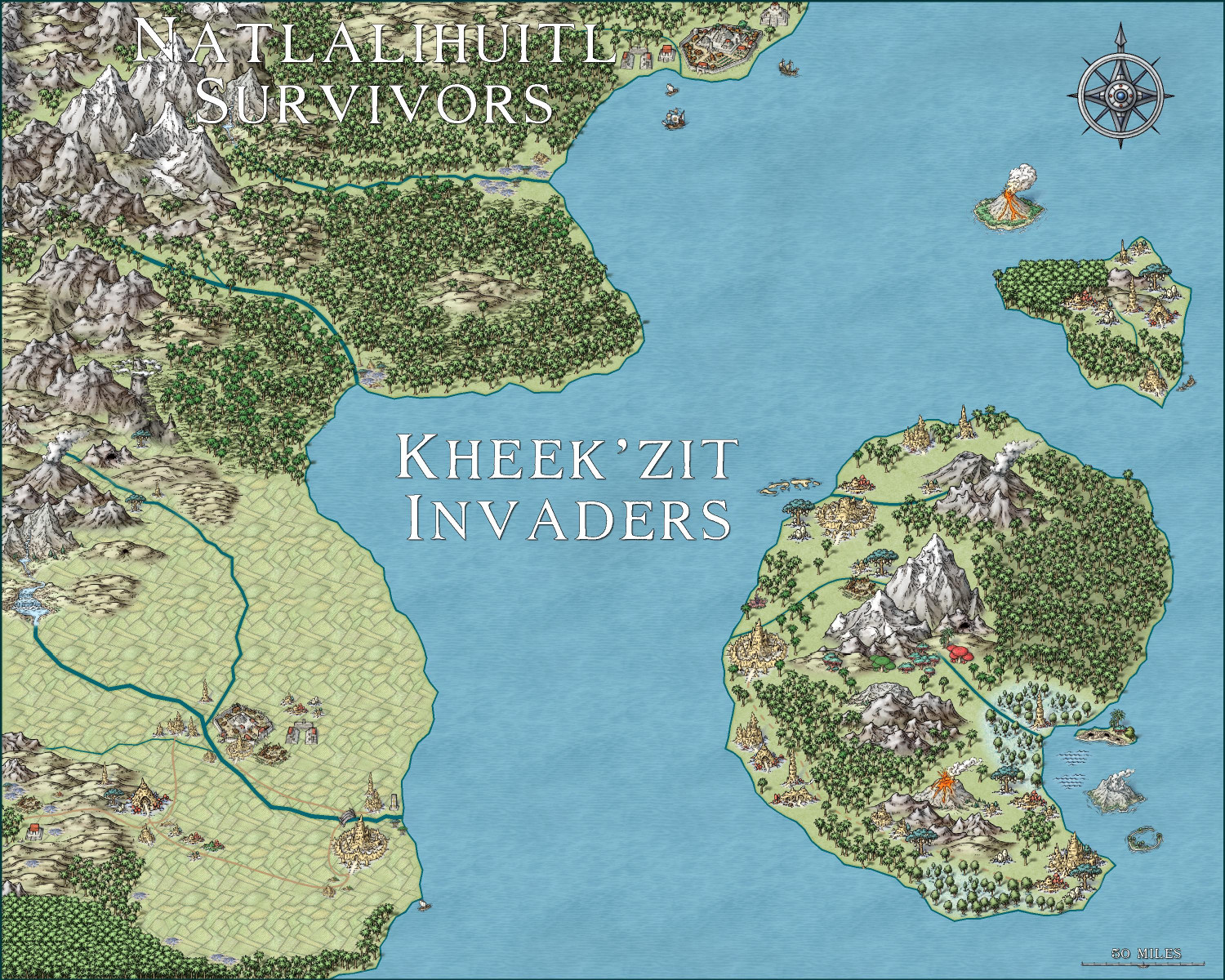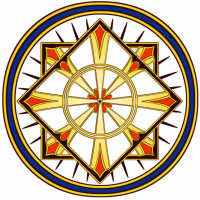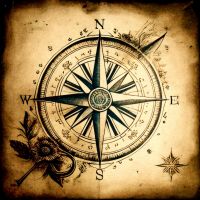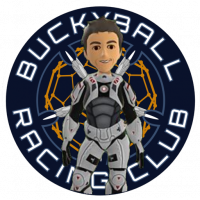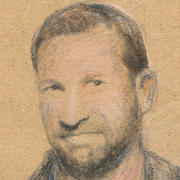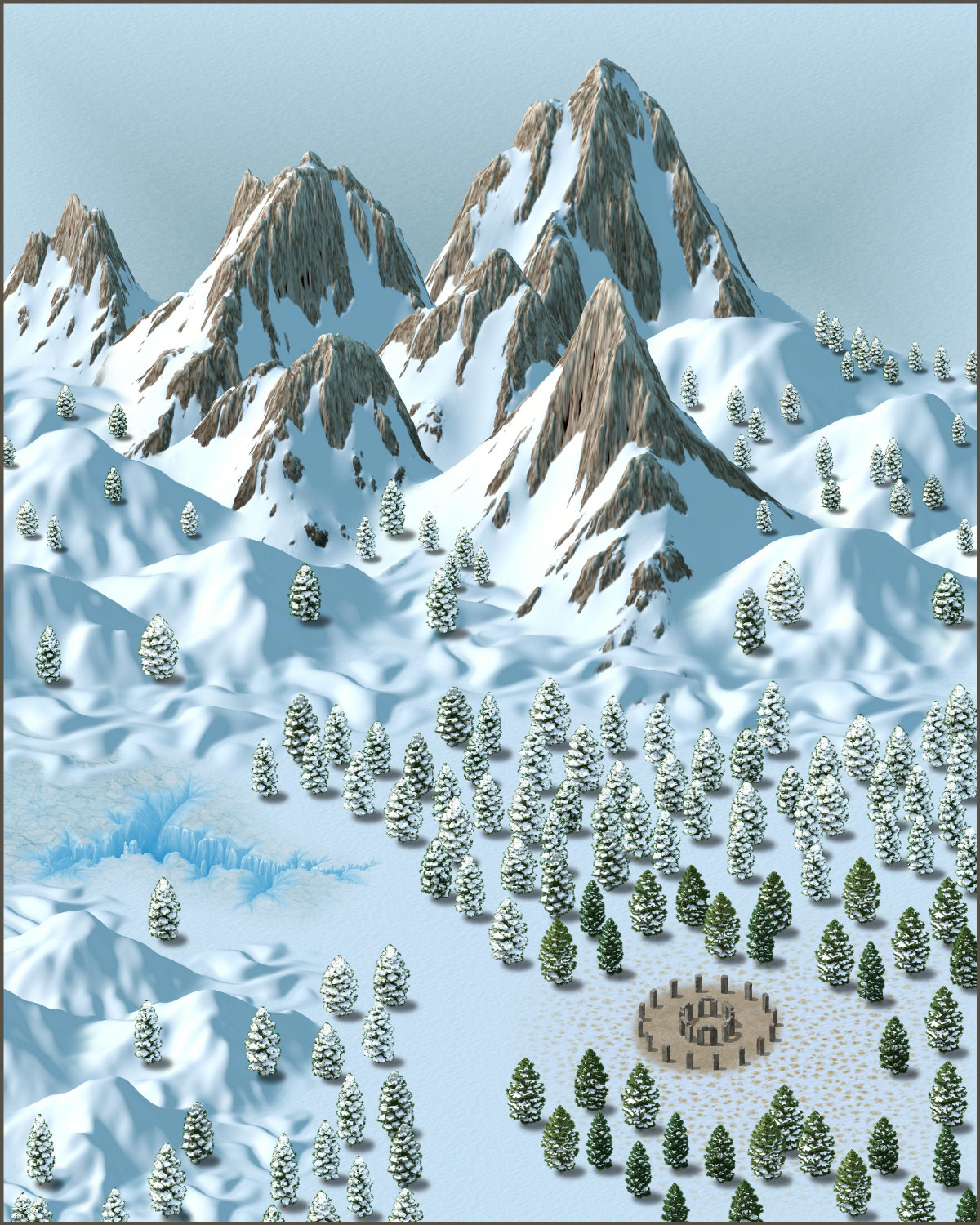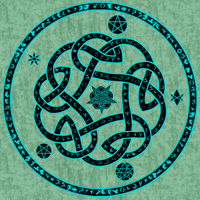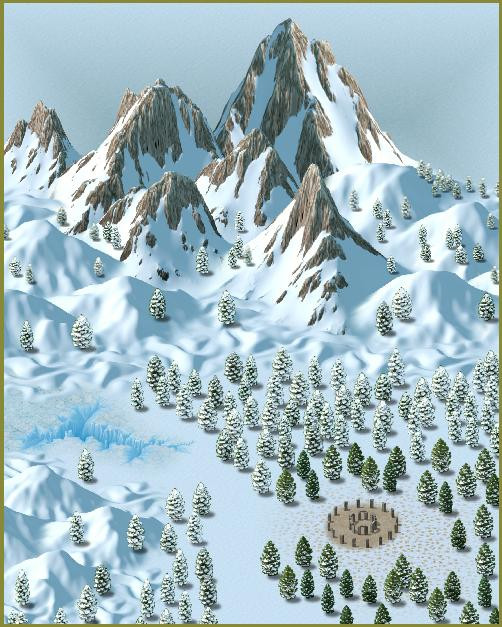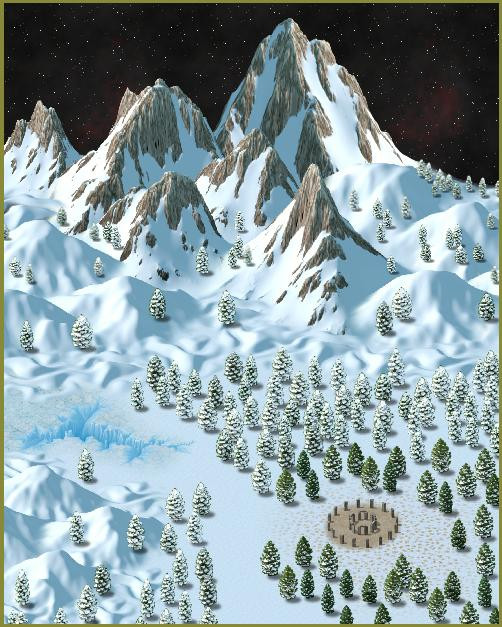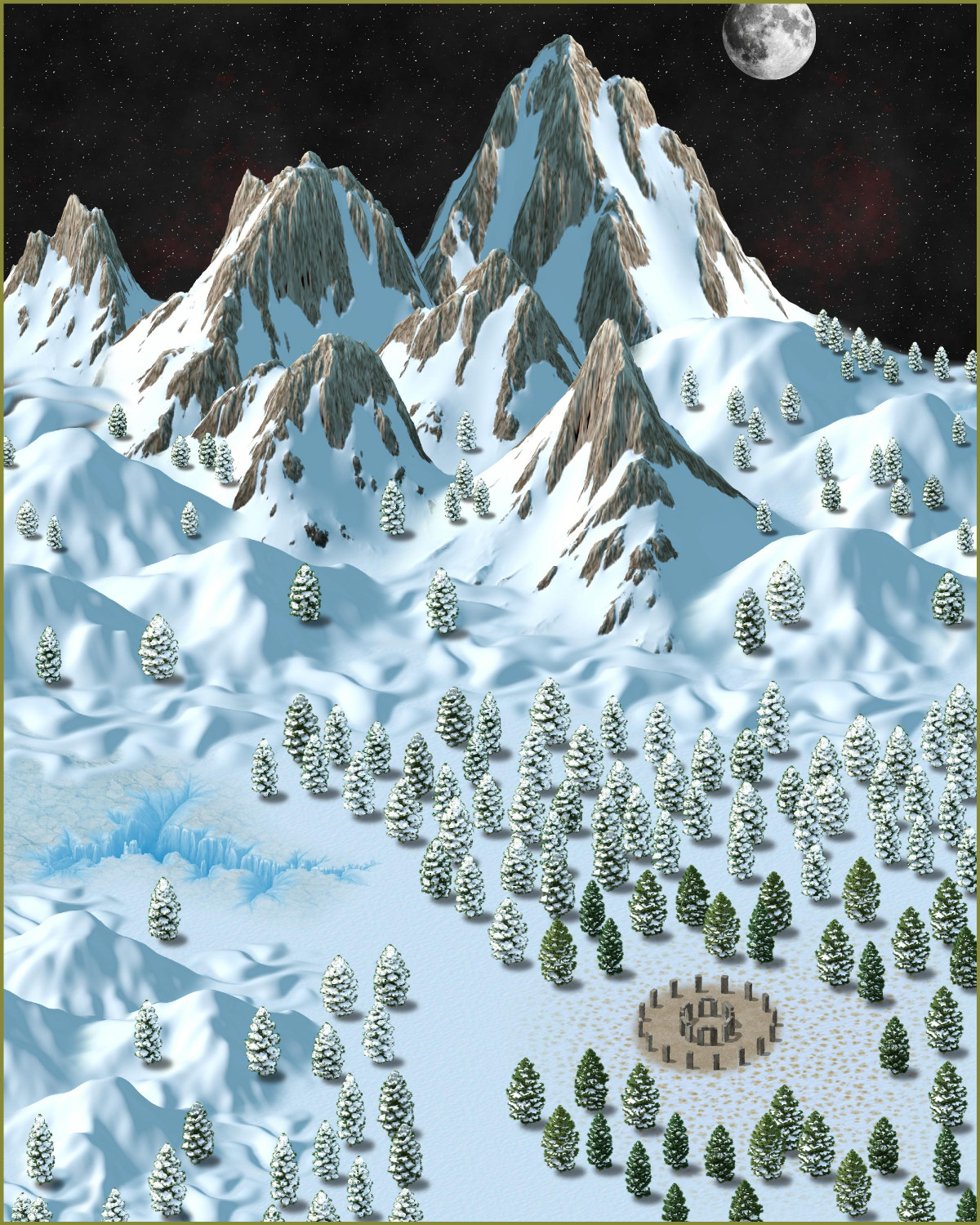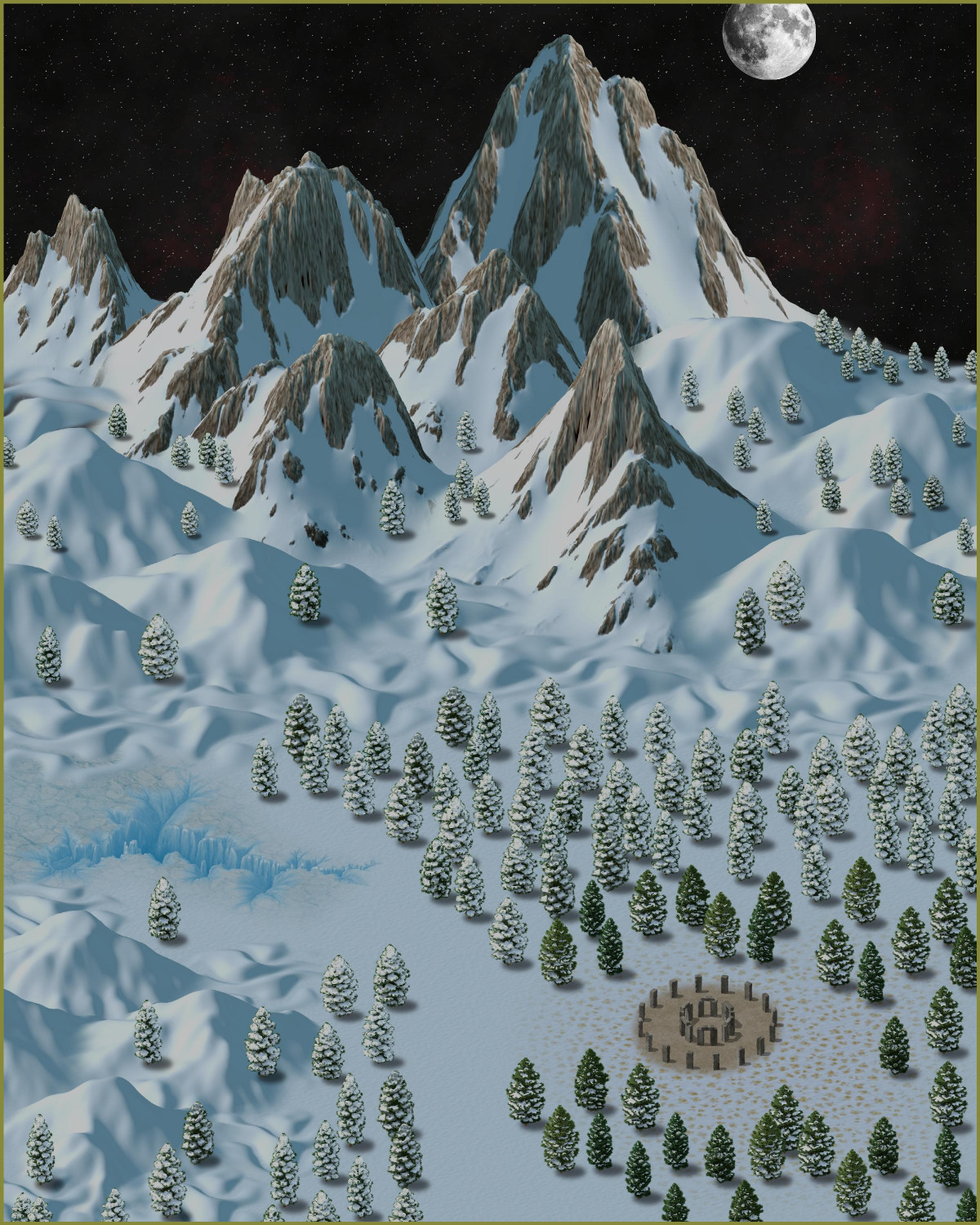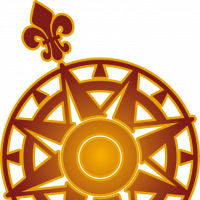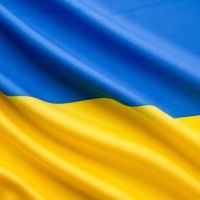Royal Scribe
Royal Scribe
About
- Username
- Royal Scribe
- Joined
- Visits
- 8,810
- Last Active
- Roles
- Member
- Points
- 3,198
- Birthday
- February 5, 1968
- Location
- San Francisco, California
- Real Name
- Kevin
- Rank
- Mapmaker
- Badges
- 16
Reactions
-
[WIP] Spectrum Overland Waterfalls x 2
I've been working on a handful of scenic images, and wanted to do some scenes with waterfalls in the Spectrum Overlands style.
The first uses the cliff waterfall symbols, which I have cascading into the ocean. Also experimented with using Alyssa Faden's clouds.
For the second, I experimented using the waterfalls from Forest Trail. Not really sure if the waterfalls in the back work, since you can't see the river or lake behind them. Not sure if the swamp trees in the foreground work with the autumn trees (are swamp trees deciduous or evergreen?). With the clearing, I've been debating about what to put there? A henge? I've been using that a lot lately. A structure, like a castle or tower? Keep it natural, with more trees? Or leave it empty?
-
Invasion of the Pod People
-
[WIP] Varicolor Will-o-Wisps make great Christmas tree lights
Another one that I should wait for December 1st for, but I couldn't hold myself back. A country inn has decorated a nearby tree for Yuletide celebrations.
I was going to try to find little balls and add lighting effects, or maybe just use candles from one of the sets of dungeon symbols...but the varicolor Will-o-Wisps from Creepy Crypts are actually perfect.
-
[WIP] Winter Solstice
-
[WIP] Winter Solstice
I was going to hold off posting this until December, but I might use it to make Christmas cards, so decided I needed input sooner. (There may be other holiday maps coming, too -- a winter village celebrating yuletide, maybe even a Santa's Workshop?)
For this one, I designed a "Winter Solstice" scene using Spectrum Overland. I have attempted to do both daytime and nighttime versions. (This is the map I was seeking an image of the moon for.)
Here's the daytime version. I wanted to use the henge symbol (very solstice-y!) but at first paused because it's on a dirt background and there isn't a snowy version. Then I figured: maybe elven magic consecrates that area and protects it a bit from the weather, like Lothlórien and Rivendell. I added the tundra terrain below it, and the less snowy trees around it to show that the henge is a bit warmer than the rest. I love the ice fissure but maybe it's a little much? And I just noticed how large the hill between the mountains in the background and foreground are -- should I reduce those ones (or at least move them down a little)?
Anyway, I also tried to do a few nighttime variations. (For the night ones, I may change the border color to be black.)
Here's one with just stars, no moon. And it doesn't have lighting effects.
Here I've added a public domain image of the moon. Is it too realistic? Would the moon image in CA80 that Ricko recommended work better?
And here it is with nighttime lighting. (Since the symbols have built-in shadows, should I move the moon more to the left side?)



